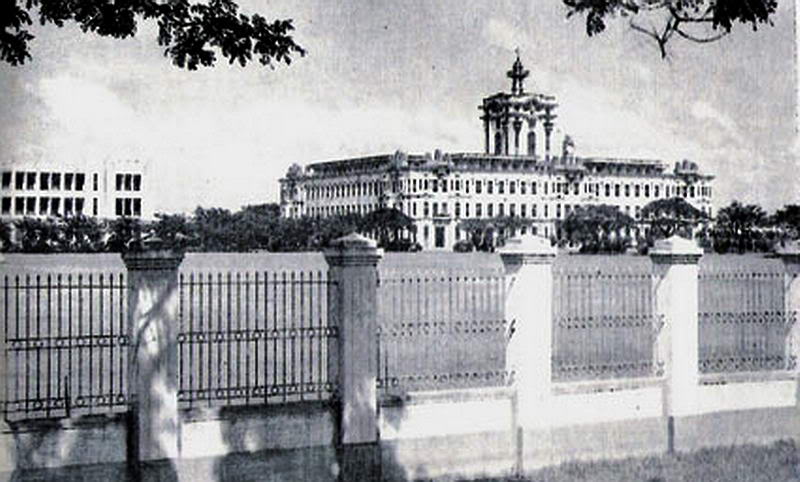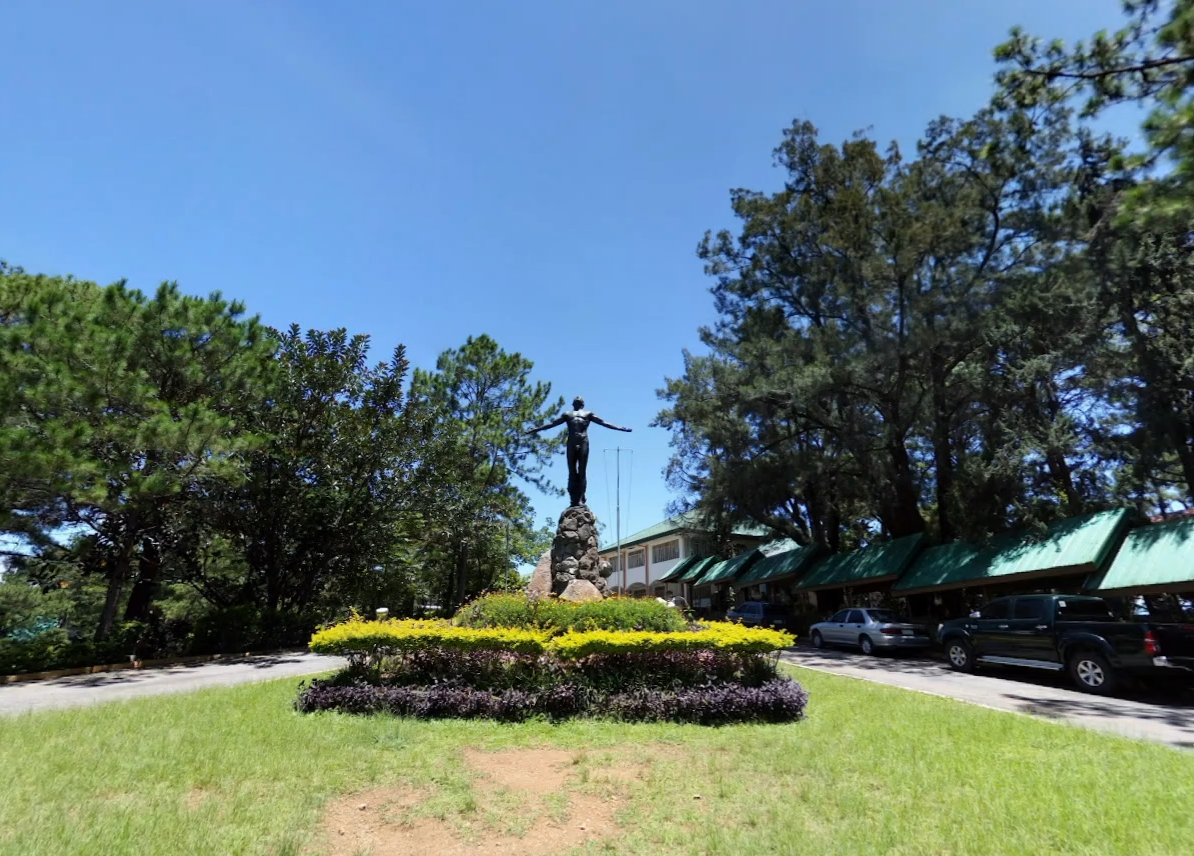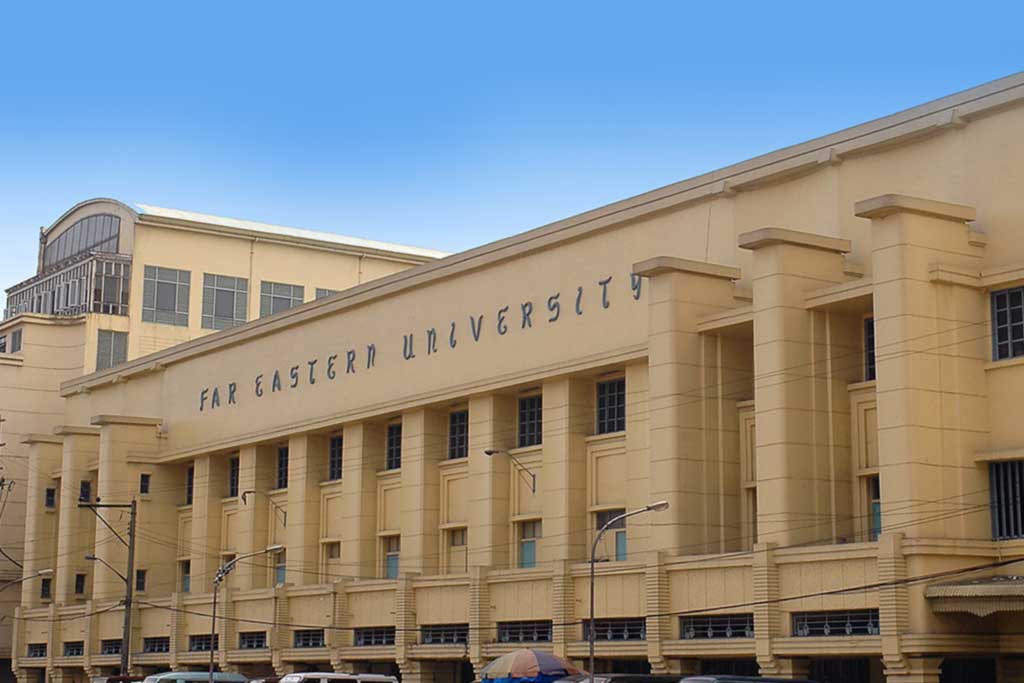|
V-League (Philippines)
The V-League is a collegiate volleyball league for both men and women in the Philippines organized by Sports Vision. History Precursor league The V-League launched in 2022 traces its roots to the Premier Volleyball League established in 2004 as the Shakey's V-League by Sports Vision Management Group, Inc.. The Shakey's V-League was initially an inter-collegiate women's league with teams from the UAAP, NCAA, CESAFI among others playing in the league. The league had Shakey's Pizza as its title sponsor since its inception until 2016. The league would include corporate and non-collegiate teams in 2011. In 2014, a men's division was introduced during its 21st conference. The following year, the men's tournament was spun-off as Spikers' Turf. In late-2016, Sports Vision announced that the Spikers' Turf would be merged back with the Shakey's V-League (which was renamed as the Premier Volleyball League). The men's division in the PVL ended with the 2018 PVL Collegiate Conference a ... [...More Info...] [...Related Items...] OR: [Wikipedia] [Google] [Baidu] |
Philippines
The Philippines (; fil, Pilipinas, links=no), officially the Republic of the Philippines ( fil, Republika ng Pilipinas, links=no), * bik, Republika kan Filipinas * ceb, Republika sa Pilipinas * cbk, República de Filipinas * hil, Republika sang Filipinas * ibg, Republika nat Filipinas * ilo, Republika ti Filipinas * ivv, Republika nu Filipinas * pam, Republika ning Filipinas * krj, Republika kang Pilipinas * mdh, Republika nu Pilipinas * mrw, Republika a Pilipinas * pag, Republika na Filipinas * xsb, Republika nin Pilipinas * sgd, Republika nan Pilipinas * tgl, Republika ng Pilipinas * tsg, Republika sin Pilipinas * war, Republika han Pilipinas * yka, Republika si Pilipinas In the recognized optional languages of the Philippines: * es, República de las Filipinas * ar, جمهورية الفلبين, Jumhūriyyat al-Filibbīn is an archipelagic country in Southeast Asia. It is situated in the western Pacific Ocean and consists of around 7,641 islands t ... [...More Info...] [...Related Items...] OR: [Wikipedia] [Google] [Baidu] |
National Collegiate Athletic Association (Philippines)
The National Collegiate Athletic Association (NCAA)Pronounced "N-C-A-A". is an athletics association of ten private colleges and universities in Metro Manila, Philippines. Established in 1924, it is the oldest collegiate athletic association in the country. The Philippine NCAA is not affiliated with the National Collegiate Athletic Association, NCAA of the United States. Its current members are Arellano University, Colegio de San Juan de Letran, De La Salle–College of Saint Benilde, Emilio Aguinaldo College, José Rizal University, Lyceum of the Philippines University, Mapúa University, San Beda University, San Sebastian College – Recoletos, and the University of Perpetual Help System DALTA. Organization The Policy Board and the Management Committee handles the affairs of the league. The Board and the committee are composed of representatives of the ten member schools, and determine the acceptance and suspension of member schools, game reversals and replays, and other of ... [...More Info...] [...Related Items...] OR: [Wikipedia] [Google] [Baidu] |
Bronze Medal With Cup
Bronze is an alloy consisting primarily of copper, commonly with about 12–12.5% tin and often with the addition of other metals (including aluminium, manganese, nickel, or zinc) and sometimes non-metals, such as phosphorus, or metalloids such as arsenic or silicon. These additions produce a range of alloys that may be harder than copper alone, or have other useful properties, such as strength, ductility, or machinability. The archaeological period in which bronze was the hardest metal in widespread use is known as the Bronze Age. The beginning of the Bronze Age in western Eurasia and India is conventionally dated to the mid-4th millennium BCE (~3500 BCE), and to the early 2nd millennium BCE in China; elsewhere it gradually spread across regions. The Bronze Age was followed by the Iron Age starting from about 1300 BCE and reaching most of Eurasia by about 500 BCE, although bronze continued to be much more widely used than it is in modern times. Because historical artworks w ... [...More Info...] [...Related Items...] OR: [Wikipedia] [Google] [Baidu] |
Silver Medal With Cup
Silver is a chemical element with the symbol Ag (from the Latin ', derived from the Proto-Indo-European ''h₂erǵ'': "shiny" or "white") and atomic number 47. A soft, white, lustrous transition metal, it exhibits the highest electrical conductivity, thermal conductivity, and reflectivity of any metal. The metal is found in the Earth's crust in the pure, free elemental form ("native silver"), as an alloy with gold and other metals, and in minerals such as argentite and chlorargyrite. Most silver is produced as a byproduct of copper, gold, lead, and zinc refining. Silver has long been valued as a precious metal. Silver metal is used in many bullion coins, sometimes alongside gold: while it is more abundant than gold, it is much less abundant as a native metal. Its purity is typically measured on a per-mille basis; a 94%-pure alloy is described as "0.940 fine". As one of the seven metals of antiquity, silver has had an enduring role in most human cultures. Other than in curre ... [...More Info...] [...Related Items...] OR: [Wikipedia] [Google] [Baidu] |
Gold Medal With Cup
Gold is a chemical element with the symbol Au (from la, aurum) and atomic number 79. This makes it one of the higher atomic number elements that occur naturally. It is a bright, slightly orange-yellow, dense, soft, malleable, and ductile metal in a pure form. Chemically, gold is a transition metal and a group 11 element. It is one of the least reactive chemical elements and is solid under standard conditions. Gold often occurs in free elemental (native state), as nuggets or grains, in rocks, veins, and alluvial deposits. It occurs in a solid solution series with the native element silver (as electrum), naturally alloyed with other metals like copper and palladium, and mineral inclusions such as within pyrite. Less commonly, it occurs in minerals as gold compounds, often with tellurium (gold tellurides). Gold is resistant to most acids, though it does dissolve in aqua regia (a mixture of nitric acid and hydrochloric acid), forming a soluble tetrachloroaurate anion. G ... [...More Info...] [...Related Items...] OR: [Wikipedia] [Google] [Baidu] |
University Of Santo Tomas
The University of Santo Tomas (also known as UST and officially as the Pontifical and Royal University of Santo Tomas, Manila) is a private, Catholic research university in Manila, Philippines. Founded on April 28, 1611, by Spanish friar Miguel de Benavides, third Archbishop of Manila, it has the oldest extant university charter in the Philippines and in Asia, and is one of the world's largest Catholic universities in terms of enrollment found on one campus. It is the main campus of the University of Santo Tomas System that is run by the Order of Preachers. UST was granted the title “Royal” by King Charles III of Spain in 1785. Pope Leo XIII made UST a " Pontifical" university in 1902. Pope Pius XII bestowed upon UST the title of “The Catholic University of the Philippines” in 1947. UST houses the first and oldest engineering, law, medical, and pharmacy schools in the country. The main campus is the largest university in the city of Manila and is home to 22 degree ... [...More Info...] [...Related Items...] OR: [Wikipedia] [Google] [Baidu] |
University Of The Philippines
The University of the Philippines (UP; fil, Pamantasan ng Pilipinas Unibersidad ng Pilipinas) is a state university system in the Philippines. It is the country's national university, as mandated by Republic Act No. 9500 (UP Charter of 2008), giving it institutional autonomy. Originally founded by the American colonial government on June 18, 1908, it was established through the ratification of Act No. 1870 of the 1st Philippine Legislature to serve as an "advanced instruction in literature, philosophy, the sciences and arts, and to give professional and technical training" to eligible students regardless of "age, sex, nationality, religious belief and political affiliation." The University of the Philippines system has 8 constituent universities (CUs): UP Diliman, which serves as the system's flagship university, UP Los Baños, UP Manila, UP Visayas, UP Open University, UP Mindanao, UP Baguio, and UP Cebu which are scattered across 17 campuses. Widely regarded an ... [...More Info...] [...Related Items...] OR: [Wikipedia] [Google] [Baidu] |
San Sebastian College – Recoletos
San Sebastian College – Recoletos (SSC-R), commonly known by its nickname Bastê, is a private Catholic coeducational basic and higher education institution run by the Order of Augustinian Recollects in Manila, Metro Manila Philippines. It is one of the six schools owned and operated by the Order of Augustinian Recollects in the Philippines. It was founded by the Augustinian Recollects in March 1941. SSC-R, situated in the heart of Manila, in F. R. Hidalgo Street, Quiapo, was named after Roman centurion turned martyr Saint Sebastian. The College had a humble beginning. Its first functional lone building was an old convent: a two-storey Hispanic edifice made of stone and wood with capiz shell windows. The building served as classrooms of the first batch of 200 elementary and high school enrollees. SSC-R was then an exclusive school for boys. SSC-R was established in March 1941 but was in hiatus from 1942 to 1945 during World War II. It formally reopened after the war in 1947 ... [...More Info...] [...Related Items...] OR: [Wikipedia] [Google] [Baidu] |
San Beda University
es, Universidad de San Beda , image = San Beda University seal.svg , image_size = 150px , caption = University Seal , latin_name = Universitas Sancti Bedæ , former_names = , motto = ''Fides, Scientia, Virtus'' () , mottoeng = ''Faith, Knowledge, Virtue'' , type = Private Roman Catholic research non-profit coeducational basic and higher education institution , established = , founder = Fr. Juan Sabater, OSB , closed = , religious_affiliation = Roman Catholic (Benedictine) , academic_affiliations = Mendiola Schools Consortium ALNC ASAIHLASEACCU AUAP BENET CBCMMI CEAP FAAPICBE PAASCU SALT , free_label = , free = , chairman = Manuel Vélez Pangilinan, , chancellor = Rt. Rev. Abbot Austin P. Cádiz, , president ... [...More Info...] [...Related Items...] OR: [Wikipedia] [Google] [Baidu] |
National University (Philippines)
The National University (NU), colloquially ''National U'', is a private non–sectarian coeducational university located in Sampaloc, Manila, Philippines. The founder of the university, Mariano F. Jhocson Sr., established the institution on August 1, 1900, as ''Colegio Filipino'' in Quiapo, Manila, Quiapo, Manila. It is considered as the first Private university, private nonsectarian and coeducational institution in the Philippines and also, the first university to use English as its medium of instruction, replacing Spanish. With its main campus in Sampaloc, Manila, the university has been expanding by setting secondary campuses. Other campuses of NU includes: NU Laguna (Sports Academy), NU Fairview, NU Mall of Asia (College of Dentistry), NU Baliwag, NU Dasmariñas, and NU Lipa. Approved by the Department Public Instruction on June 17, 1921, the university received its university status, changing the name from National Academy to National University. Senator Camilo Osías, tw ... [...More Info...] [...Related Items...] OR: [Wikipedia] [Google] [Baidu] |
Far Eastern University
Far Eastern University ( Filipino: ''Pamantasan ng Malayong Silanganan''), also referred to by its acronym FEU, is a private non-sectarian liberal arts university in Manila, Philippines. Created by the merger of Far Eastern College and the Institute of Accounts, Business, and Finance, FEU became a university in 1934 under the guidance of its first president, Nicanor Reyes Sr. The first accountancy school for Filipinos, the university, through the years, has expanded its course offerings to the arts and sciences, architecture, fine arts, education, engineering, computer studies, graduate studies, tourism and hotel management, law, nursing, and medicine. FEU has seven campuses located in Metro Manila, Cavite and Rizal. It offers programs from elementary, secondary, tertiary, to graduate school. FEU Manila comprises several Institutes that offer specific programs. The accountancy program, along with its other undergraduate programs, have received the highest Level IV accre ... [...More Info...] [...Related Items...] OR: [Wikipedia] [Google] [Baidu] |





